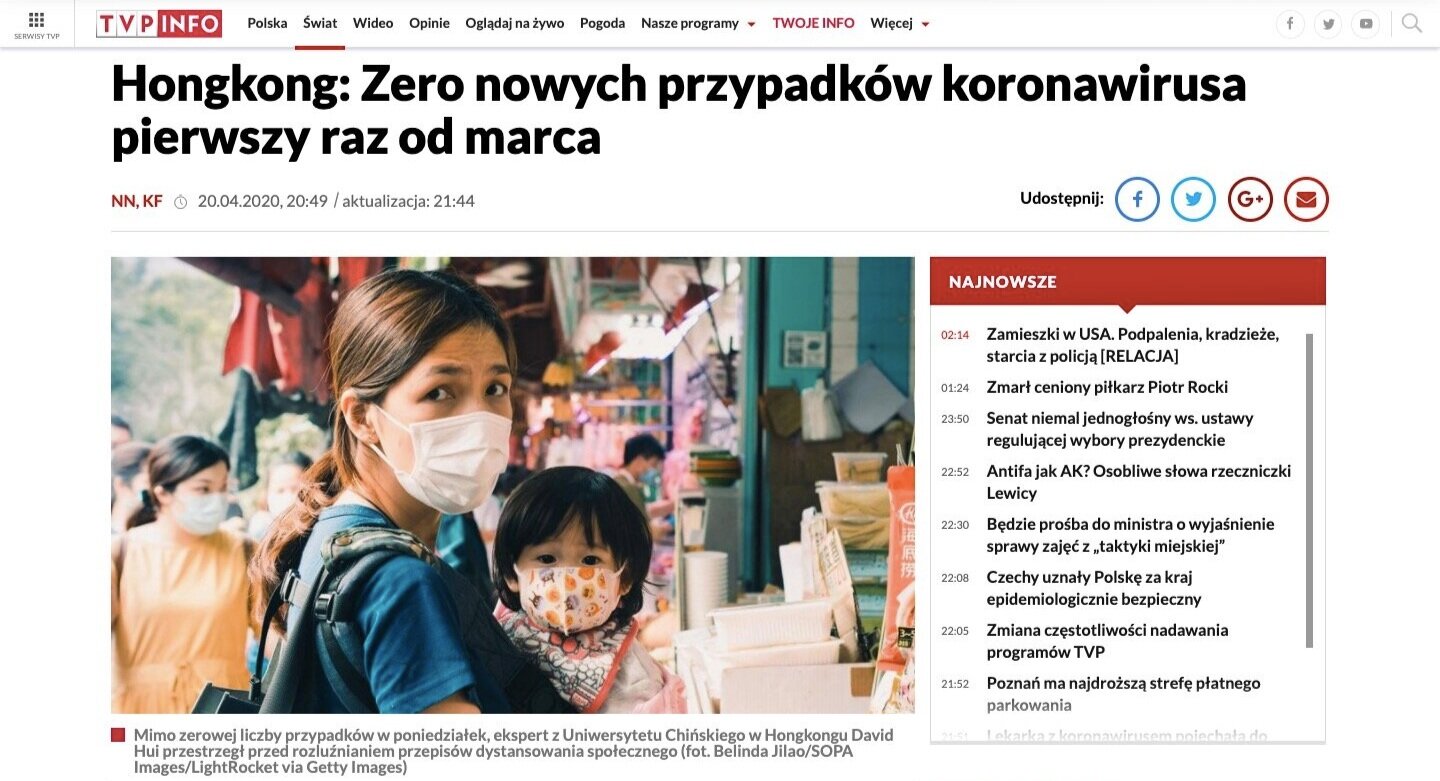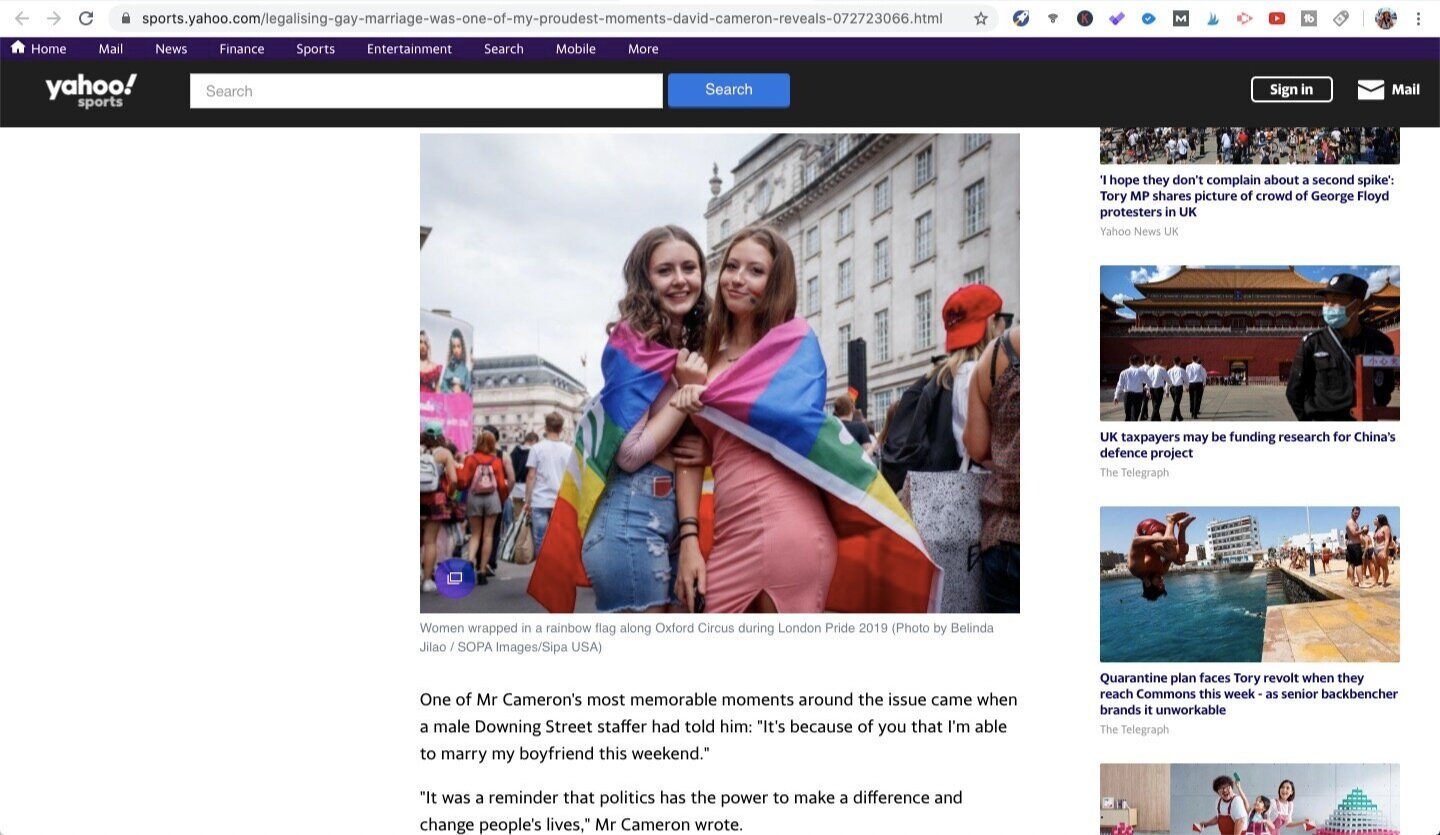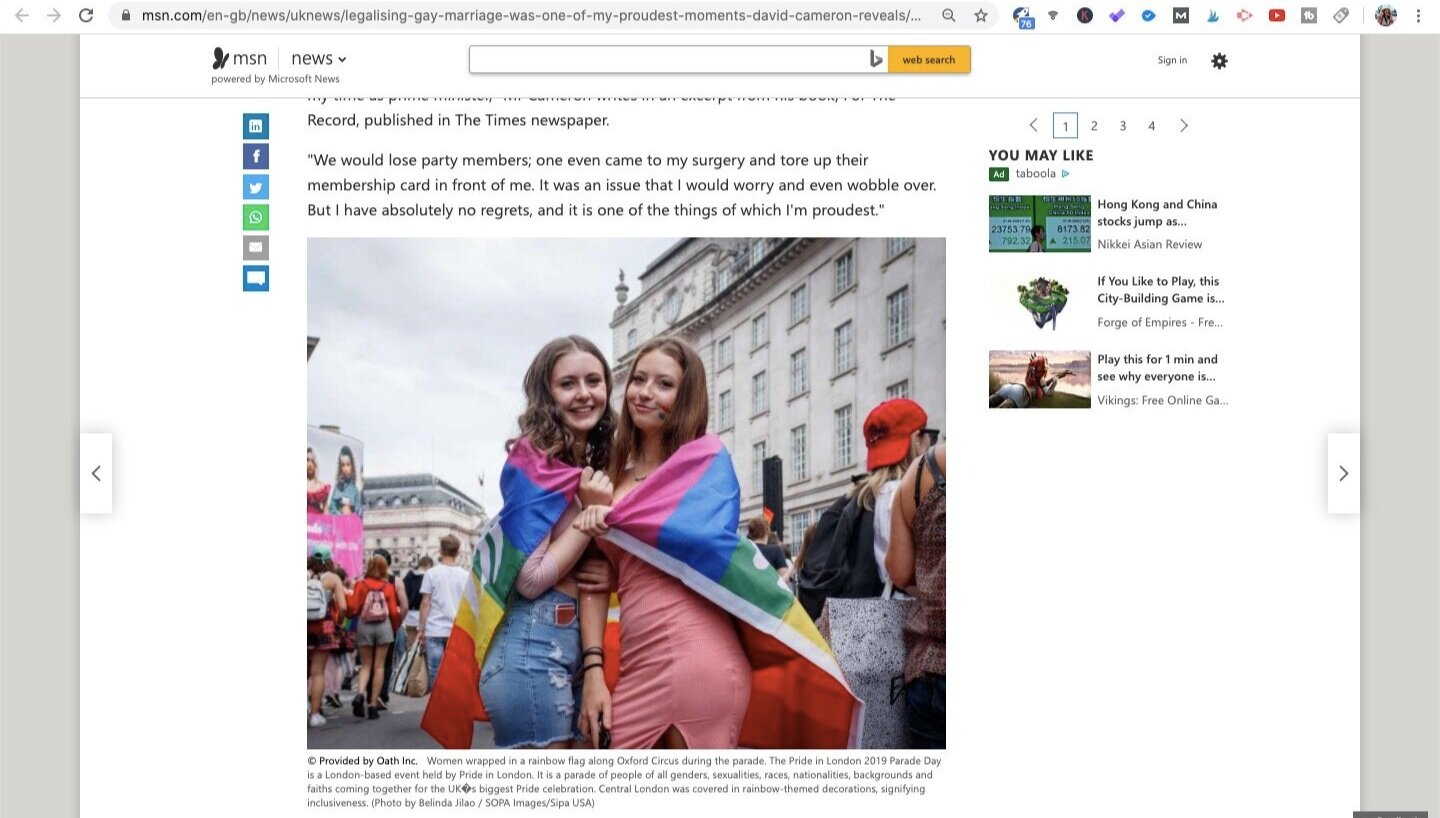When it comes to the purpose of doing photography, as cliché as it sounds, there really is no definite answer.
For me, I started out with a motive centred on my own enjoyment - shooting beautiful things makes me happy.
It was until much later when I started seeking fulfilment from making an impact and influencing others with my photography, and here enters freelance photojournalism!
If you are in a similar place, this article is for you. We will discuss whether or not freelance photojournalism is a plausible career, the skills you need to be a freelance photojournalist, and how you can start making money as a beginner photojournalist.
Unlike in the old days before digitisation, today, photojournalism alone won’t pay your bills, at least for a large majority of photographers. However, you can totally make it work for you by doing it freelance and shooting other jobs at the same time. To be a photojournalist, master the basic technical camera skills, be assertive in shooting close up, train your eye for remarkable scenes, and maintain a strong work ethic. Start making money by selling photos via photo agencies.
If you find this helpful, SUBSCRIBE to my channel via the box on the left to make the most out of my blog! Also, do share it with people who might be interested. Shoot me an email/ DM to share your thoughts too.
Also, Pin this article to your Photography Inspiration/ Business boards in Pinterest if you find it helpful!
Is Photojournalism a Good Career?
By a ‘good career’, I assume that your concern is primarily regarding the financial aspect of the job.
Rightly you should be concerned, because even if you are not expecting to earn riches from your photography, you still want to be able to sleep at night knowing that you can survive another day with your camera.
Before I give you my take on this question, I do want you to note that there are two ways of making money as a photojournalist. You can either get a media outlet (eg. magazines, newspapers, TV) to hire you, either on a full employment or freelance basis, or stay independent and sell photos via agencies.
In the case of working under a publication, the mean annual income across the US is $48k (Source: Zip Recruiter). This should be a manageable sum to live on, given that photojournalism is something you have set your heart on.
The catch is that there aren’t many in-house positions available nowadays, so it is less likely that you get hired as a beginner in photojournalism. Therefore, while you make attempts at landing a job at a publication, you will have to get your feet into the door by selling your photos via agents.
Based on my experience, this stream of income can be laughably low, depending on how frequently you shoot and the number of final submissions you make. For every photo sale, the agency is going to take a commission out of the already low selling price. On average, around 1-2 USD end up in my pocket per photo sold.
This brings me to the conclusion that while you are trying to get hired, you will need another viable source of income to stay afloat as you gradually get your work in front of more people.
What Skills do you Need to be a Freelance Photojournalist?
Apart from the general skills required across any genres of photography, here are FOUR main things I have identified to be exceptionally important to be successful as a freelance photojournalist.
Master Basic Camera Skills
Not only in a generic sense, but you actually need to be so familiar with operating your camera that it becomes second-nature.
The very reason why photojournalism still exists today is because there are scenes only photojournalists can capture, that the average joe with a camera can’t.
These situations typically involve fleeting moments and actions, which require the photographer to pull-off the shot under immense time pressure - there is no second chance, and you have approximately 1/100s to get the shot.
Public events can be very chaotic. Interesting scenes happen everywhere, people dodge the camera, a whole lot of action takes place in the scene.
This gives you precisely one shot to catch the scene at its best. To do this, you will need to know your camera in and out, which enables you to produce technically sound photos without needing to think about the technical aspects.
The ability to shoot on auto-pilot lets you focus your attention on framing the subject, getting good compositions and other things that require more creative input.
Be Assertive and Shoot Close Up
Probably way over-quoted but it is so iconic that we have to quote him here because we are talking photojournalism - Robert Capa once famously said,
“If your pictures aren’t good enough, you aren’t close enough.”
There are two parts to this, the first being that you need to realise what shooting closer to the subject does to your pictures.
The Importance of Shooting Close Up
Photojournalism is about capturing impactful scenes, and the concept of impact is essentially visual weight. There are a few ways to make something appear visually heavier, one of which is to make them take up a larger area in frame.
Shooting wide environmental shots have its own merits too, but when shooting individuals or small groups, getting up close really makes a huge difference to what you are able to convey with your image.
Here is an example taken from my published photojournalism, a shot from my documentary project on COVID-19 Hong Kong. Studying what sells is the key to understanding what media outlets regard as good photojournalism.
Screenshot taken from TVP Info.
This image was captured recently during the virus outbreak in Hong Kong, showing a young mother carrying her baby daughter, both wearing masks.
When you look at the shot, it is clear what the subject matter is - mother and child during the pandemic. And one of the reasons this image has a huge impact on viewers is because of the central, up-front placement of the subject in frame.
Shoot Assertively
The second part is to muster up the courage to shoot right in people’s face, even when they are clearly aware that you are photographing them.
The angry stares and reluctance you get from people is initially difficult to overcome. Photographers are mostly empathetic types, and it feels bad to see people feel bad because of our photography.
But if the negative reactions from people are holding you back, you need a mindset shift.
Just because someone is upset with you does not necessarily mean you did something unethical. It just means that THEY THOUGHT you were doing something unethical.
The fact is, as average citizens, people have no idea what your photos are for. They probably wouldn’t associate you as a photojournalist the first thing they see a guy with a camera snapping around.
Therefore, it is totally logical for them to apprehend you with your camera, because it is not clear what your motivations are in taking their photos.
If they knew that you were working on a documentary project and wished to publish it as a story, 99% of them would be happy to help you.
So please don’t think that you have done something morally wrong by shooting in people’s faces; in fact, you are the unsung hero behind uncovering truths to a potentially global audience.
You need to believe that you are doing something absolutely righteous, and that it is them who don’t understand what you are doing.
It is another story if the person explicitly tells you he doesn’t want his photo taken. If that’s the case, respect a ‘no’ for a ‘no’.
But you wouldn’t even have got that ‘no’ if you didn’t be assertive and shoot close enough in the first place.
See the worth in what you are doing, and you will never feel scared ever again.
Train your Eye for Remarkable Scenes
Theory
Many things go together to make an interesting capture, and it takes practice to get a hang of how they all come together.
On the top fo my head, here are a few elements to look out for to create impactful images:
Subject Matter - the people in frame and thus their actions is definitely the number one factor that determines how strong an image is.
Context - to bolster the feeling conveyed by the subject matter, the background plays a role in setting the stage. Finding a background that represents the geographic location or paints a fuller picture of the event are good angles to approach this point.
Perspective - where you take the picture from has a massive influence on the emotions it is going to have on the viewer. After you have noticed a photo-worthy scene, the ability to find out the best angle to shoot the subject at can potentially up the visual tension of the same scene.
Timing - there is always a gap between first noticing a scene and then subsequently pressing the shutter. Usually, the action in the scene develops and arrives at a climax, if you will, and that is when you should fire shots. The skill lies in being able to read into the situation and anticipate the direction of the movement. This enables a photojournalist to position himself in the best position in time to get the best shot.
Case Study
It all sounds a bit abstract in pure words, so here is a live example of my other piece of published work from my documentary project London Pride 2019.
Screenshot taken from Yahoo News.
This photo of two girls wrapped in a rainbow flag has been published also on another news outlet, see below.
Screenshot taken from MSN News.
Let’s break these images down. I will walk you through 1) why I thought this scene was worth capturing and 2) how I enhanced the level of interest this image depicts.
Subject Matter - I found the pair interesting to capture because they wrapped themselves up in a large rainbow blanket. They had this bubbly vibe, which caught my attention.
Context - in the background, there were other people holding banners and flags, suggesting that this is a parade for LGBT rights advocacy. The incorporation of the crowd in this scene helps me set the stage for the viewer.
Perspective - I shot the pair from below as I knelt down. This is partly a personal preference in shooting portraiture, and partly a scientific move to photograph my subjects at a position of power. By photographing a person from a lower vantage point, they seem more dominant in the image.
Timing - when I first approached the pair, they were just holding the rainbow blanket casually. As soon as a started snapping, they wrapped the flag tightly around themselves, which gave this photo more meaning.
Maintain a Strong Work Ethic
Photojournalism is not limited to news photography, which means that some projects can be timeless.
However, news photography makes up a large part of photojournalism that sells. Especially for those who are starting, you should expect that most of your income is made via shooting public events and submitting photos almost immediately after the event.
Photos covering a public event are rather short-lived, because news outlets need photos right after the incident happened, but they are mostly going to need them only once.
The value of these shots drop exponentially as time elapses so it is of immense importance that you post-process your photos right after you shot them, and upload them promptly to stand a chance of them being picked up.
Coming home from a shoot feeling tired and covered in sweat, it is not time to jump into a shower yet. Process all your photos, pick out the best shots and edits, and submit them to the organisation you shoot for, or the photo agency through which you sell your photos.
Then, you can sit back and call it a day.
How to Start Making Money with Photojournalism?
The easiest way in my opinion, which is also the way I used, was to start selling photos to media outlets via a photo agency.
How it works is that you get in touch with the agency, express interest in contributing content, and they will guide you on getting your account set up.
After that, you are free to start uploading photos onto their system, and they will sell your photos to end buyers, which are the media outlets. They will negotiate prices on your behalf as well.
Once a sale is made, the agency takes a commission off the sale, and you get the rest.
The photo agency I submit photos to regularly is SOPA Images. Personally, working with them was a seamless experience - the picture desk responds in a very timely manner, and they have been generating sales for my images.
As a beginner photojournalist, this is a great way to experiment with what sells and what doesn’t, because it takes away the complication of having to deal with selling and marketing yourself all at the same time.
Look at the work submitted by other photojournalists across the world, which is also highly beneficial for you to understand the industry better.
Summary
In this article, we talked about:
Whether or not photojournalism is a financially viable career,
Skills required to be a freelance photojournalist, and
How to start earning money with photojournalism.
More sharing coming soon!
SUBSCRIBE via the box on the left for more PRO tips, and follow me on Instagram (@_bjiao__) and let me know what you think in the comments!
Share this article on Pinterest too!
Keep shooting, keep creating!
The mission of this blog is to provide the best insider information in the photography industry, as openly as possible. You have direct access to my
first-person experience as an aspiring photographer who talks, but also works.
Honest opinion are rarely available as public resources because this is a competitive industry. Huge sums are made when such information is delivered in the form of mentorship and workshops.
This blog is a great way in which I cover my daily expenses, but also provide real value.
If you have learnt something that would be worth at least $10, please consider donating to the page. This enables me to keep creating content and helping more people sustainably.
Your continued support for the blog is appreciated!



